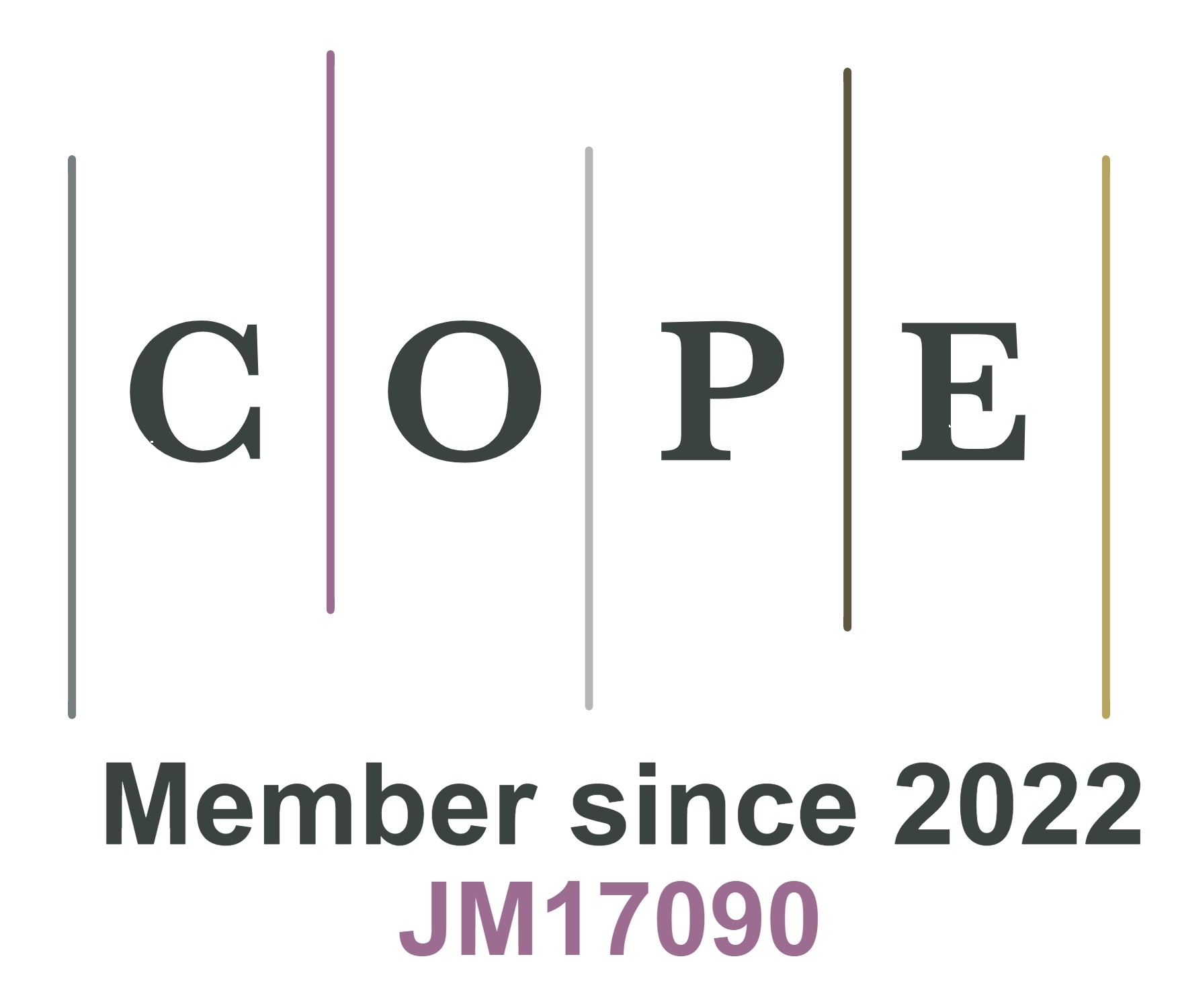fig6

Figure 6. Passive and active dissolution methods of polymers. (A) Process of hydrolysis of aliphatic polymer by lipase[126-129]. (B) SEM images of the degradation behavior of PCL film with (left) and without (right) enzyme embedded. Scale bars, 50 μm. Reproduced with permission[125], Copyright 2021, Elsevier; (C) Hydrophilic modulation of PTK-UR foams. Reproduced with permission[130], Copyright 2022, The American Association for the Advancement of Science; (D) Degradation behavior of PTK-UR foams dependent on ROS concentration, *P < 0.05, ****P < 0.0001. Reproduced with permission[130], Copyright 2022, The American Association for the Advancement of Science; (E) Schematic image of the performance and degradation of PHBV by ultrasound. Reproduced with permission[131], Copyright 2022, Science Advances; (F) Performance degradation of PHBV encapsulation due to ultrasound exposure. Reproduced with permission[131], Copyright 2022, Science Advances; (G) Optical image of PHBV degradation due to ultrasound exposure. Reproduced with permission[131], Copyright 2022, Science Advances. SEM: Scanning electron microscopy; PCL: polycaprolactone; PTK-UR: polythioketal urethane; ROS: reactive oxygen species; PHBV: poly(3-hydroxybutyrate-co-3-hydroxyvalerate).










